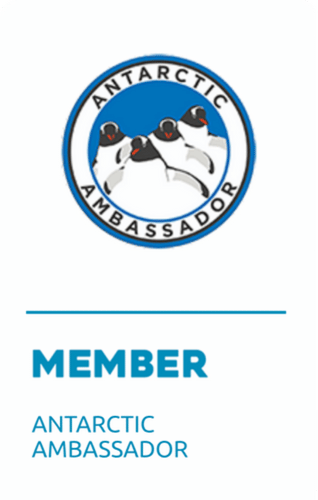2013 Exped Wrap-up
As the Antarctic season draws to a close, we congratulate all of the 2013 South Pole expeditions supported by ALE and celebrate their achievements. Some aimed to be first, travel faster or trek farther. Others cherished the journey: days spent traversing the most remote, pristine, and hostile continent on earth; hours spent in silence and thought; friendships forged through shared challenge and adversity.
The Scott Expedition
The Scott Expedition completed the longest South Pole manhauling expedition in history. Ben Saunders and Tarka L’Herpiniere followed Scott’s route to the South Pole and back, covering a distance of nearly 1800 miles (2900km) in 105 days. Their original plan was to complete the expedition with no support or assistance, but in the end they achieved something even greater, an unbreakable bond of friendship and a deep understanding and connection with the challenges faced by Scott and his team, as they pushed themselves to the limit of human endurance, in the most inhospitable place on earth.
Richard Parks
Richard Parks set his sights on Christian Eide’s incredible speed record of 24 days 1 hr 13 min, solo, unsupported from Hercules Inlet to the South Pole. Richard set a new British record and clocked up the second fastest time ever, 29 days, 19 hours and 24 minutes.
The Pink Polar Expedition
Geoff Wilson became the first Australian to complete a solo unsupported crossing of the continent, in a 53 day, 3428km/2130mile journey from Novolazerevskaya to Hercules Inlet. His expedition goal was to raise awareness of breast cancer and funds for the McGrath foundation. His ‘boob sled’ will not be easily forgotten! A second soloist Faysal Hanneche set out on the same route but had to stop when he injured his knee a short way into the journey.
Willis Resilience Expedition 2013
Parker Liautaud and Doug Stoup, of the Willis Resilience Expedition, skied up the Leverett Glacier to complete the fastest-ever walk from the edge of the Antarctic continent to the South Pole. The duo arrived after 18 days, 4 hours 43 mins. Parker hopes his expedition will to contribute to greater understanding and awareness of climate change.
Youngest to the Pole
Lewis Clarke, age 16, captured ‘Youngest to the Pole’ skiing from Hercules Inlet to the South Pole with ALE guide Carl Alvey. The duo arrived at the South Pole on 18 January after 49 days of travel.
3 Below Zero
Chris and Marty Fagan became the first couple to ski unsupported to the South Pole. Their 48-day journey took them from the ‘Messner Start’ on the Ronne Ice Shelf to the South Pole, arriving on January 18. Special kudos to their 12-year old son Keenan and friends back home, who supported Chris and Marty to focus on the challenge and complete their journey.
ALE’s Ski South Pole Messner
Also on the Messner Start route, ALE’s Ski South Pole team, with guide Devon McDiarmid, showed determination and teamwork, reaching the South Pole after 42 days in the field.
Antony Jinman and Vesa Luomala
Both Antony Jinman and Vesa Luomala faced Antarctica alone, skiing solo and unsupported on the Hercules Inlet route. Antony reached the South Pole on January 16, after 47 days, while Vesa Luomala arrived on January 22, after 53 days.
Cycle Expeditions
Three expeditions cycled to the Pole – each travelling on their own terms and each achieving something quite remarkable. Maria Leijerstam cycled the Leverett Glacier route, on a recumbent tricycle with truck support. She completed the first cycle expedition from the coast, arriving at the South Pole on December 27. Juan Menendez and Dan Burton faced tough conditions as they biked solo to the Pole on the longer Hercules Inlet route.
Expedition Routes and Distances
- Hercules Inlet-South Pole – 730 miles / 1170 km
- Messner Start-South Pole – 580 miles / 934 km
- Cape Evans-Beardmore-South Pole-return – 1800-miles / 2900km
- Ross Ice Shelf-Leverett Glacier-South Pole – 314 miles / 506 km
- Novolazarevskaya-South Pole-Hercules Inlet 2050 miles / 3300 km





